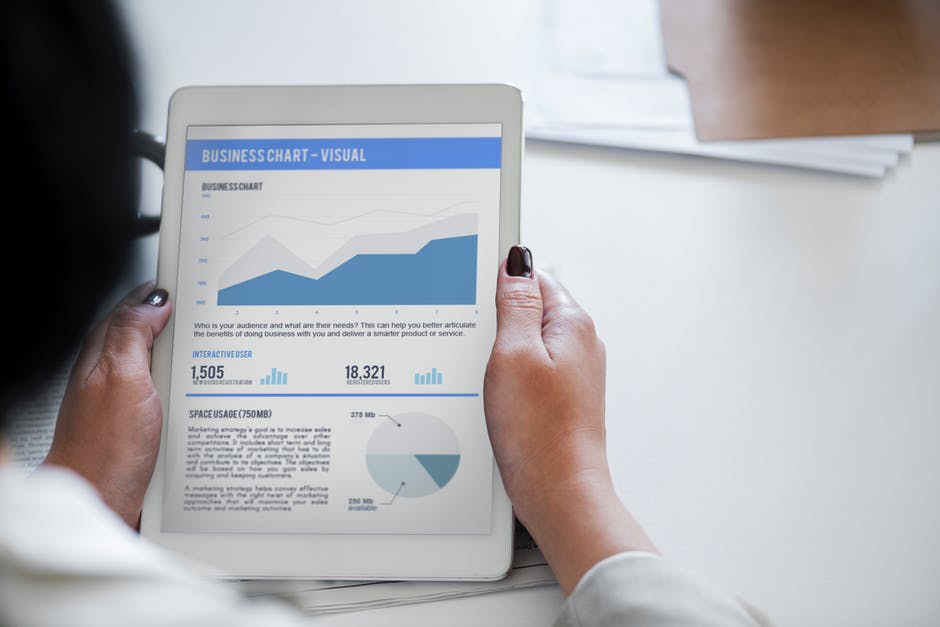What is Stakeholder Analysis?
Within the procedures of brand marketing, corporate planning and stakeholder management, the existence of stakeholder analysis is necessary. Before you can get the support and trust of your stakeholders, you first need to identify the involvement of these stakeholders in your business or to your project. Stakeholder analysis is actually a process that can help you identify the needs of your stakeholders while assessing how these needs can be supplied by the program that you are currently developing. An effective stakeholder analysis can further develop and strengthen the professional and corporate relationship between stakeholders and businesses.
- Technical Analysis for International Investors
- How to Deal With Shareholders and Investors Checklist
Who are Considered as Stakeholders?
Just like in investment summary writing, you have to be precise when developing a stakeholder analysis document. Before identifying the steps for the effective implementation of stakeholder analysis, you should first be aware of the stakeholders that are involved in your operations. Stakeholders can be any of the following:
- The management of the business where you are currently working
- The employees of the business, disseminated in various departments and divisions
- The suppliers of the business
- Other individuals and entities who are involved in the execution of operational guidelines, project processes and program guides. You may also see critical analysis.
- The consumers, customers, clients and other external entities who can benefit from the offers, deals or projects of the business. You may also see sales analysis.
- The government and other legal and regulatory bodies in the country or state where the business is in or where the project will be done

Simply put, stakeholders are those who can be affected by the undertakings of the company or the organization. Hence, it is a two way process where the activities of these stakeholders can also impact the business and its operations. Stakeholders can be identified as follows:
- Key stakeholders are composed of entities who can belong to either the primary or secondary stakeholders (intermediaries). The influence of these stakeholders can affect the business one way or another.
- There are primary stakeholders who are the most impacted by the results of the business operations, a program or an activity. Any action coming from the business can affect primary stakeholders in a bigger manner compared to the other kinds or types of stakeholders. You may also see statement analysis.
- Aside from primary stakeholders, there are also intermediaries. These are individual or group entities that are also affected by the business and its decisions or actions but in an indirect manner. Hence, the impact is not as much when compared to what primary stakeholders receive.
Why is There a Need to Analyze Stakeholders?
As mentioned above, stakeholders are the entities that are associated with the project of the business or its entire operations. The interest of the business and the stakeholders must be aligned to achieve results that are beneficial for the two parties. You may also see business analysis

In this exchange process, stakeholder analysis is very important. The main reasons why there is a need to analyze stakeholders are listed below.
- Stakeholders are important to be considered when planning for the next steps that the business will execute. Stakeholders can either positively or negatively affect corporate projects which is why the management need to analyze on how they can maximize the relationship that they have with the different types of stakeholders that they are currently working with. You may also see process analysis.
- If you will analyze your stakeholders, it will be easier for the management to disseminate work tasks. Delegation of accountability, work load and responsibilities can balance the work flow which is a great way to present equality and considerations within a project.
- Stakeholder analysis makes the continuation of the project more feasible. Hence, the completion of the project is most likely tagged as a success especially if all the stakeholders will extend help and execute their efforts to make corporate objectives and goals be realized.
- Analyzing stakeholders gives the company the opportunity to develop a platform for open communication. Once stakeholders are already assessed, exchange of comments, concerns, observations and recommendations can already be done in a professional manner. You may also see analysis examples.
- If stakeholder analysis will be present, the management or the project head can easily identify the risks involved in letting a stakeholder in. This will help all entities within the undertaking to respond accordingly so that threats will not impact the project or the business negatively.
Phases of Stakeholder Analysis
There are certain steps that you have to be aware of when conducting stakeholder analysis. Each step is important to be keenly observed and properly implemented for the specific analysis to be a success. The important phases of stakeholder analysis are as follows:
- You first need to identify all the stakeholders of the business, the program or the project where the stakeholder analysis will be used.
- Ensure that you are fully aware of the needs of each stakeholder. It is highly recommended for you to precisely record these needs in a business document so you can have first hand references in the future.
- Analyze the impacts of the stakeholders to your undertaking and the other way around. You should ensure that the stakeholder is interested in providing support to your program or business processes. You may also operational analysis.
- Assess the level of influence that a particular stakeholder has. This will allow you to conduct stakeholder analysis in an objective manner especially if you have supporting documents and relevant resources.
- Implement the stakeholder analysis which you think is necessary for a particular activity. This depends on the number, level, and power of the stakeholders involved.
- Make sure that you will provide your stakeholders with information that will allow them to set proper and realistic expectations, impressions and perceptions.You may also see organizational analysis
- Identify results of the stakeholder analysis and take certain actions, if necessary and applicable.
- Evaluate the stakeholder results from time to time so you can update the status of your most current analysis activity relevant to your stakeholders.
Importance of Stakeholder Analysis
There are a lot of benefits that your business can get if you will implement stakeholder analysis. Aside from that, your stakeholders can also experience advantages through the results that will be gathered from the activity.

Some of the reasons why stakeholder analysis is necessary and important to be executed include the following:
- A stakeholder analysis can define the success of your project based on the relevant recommendations and opinions of your stakeholders.
- A stakeholder analysis can help you understand the needs, wants and demands of your stakeholders. This can be a way for you to find solutions that can supply these things efficiently.You may also seen needs analysis.
- A stakeholder analysis can make the stakeholders more involved hence ensuring your business or organization that the support of stakeholders from different levels of power and influence will be present.
- A stakeholder analysis will allow you to have access on certain resources like workforce and finances. If you can properly incorporate the results of a stakeholder analysis to your operations, then you can expect more stakeholders to help you achieve your objectives.You may also see company analysis.
- A stakeholder analysis can promote understanding between the project team or the management and the stakeholders involved in the activity. Proper communication is key for you to get the trust of your stakeholders.
- A stakeholder analysis can properly set the direction for your project. With the benefits of the project being thoroughly explained and the stakeholders aware of their responsibilities, it is most likely that you will succeed with the project that you are currently working on.You may also see literary analysis

Things to Remember When Executing Stakeholder Analysis
Some of the tips and reminders that can be useful if you are already executing stakeholder analysis are as follows:
- Always keep in mind that there are different kinds of stakeholders. Hence, it is essential for the project team to be aware of the level of power, influence and demands that certain stakeholders have. This can guide the team to develop call to actions that are at par or relevant to the stakeholders and their needs and activities. You may also see financial analysis
- Be keen when analyzing your stakeholders. Know how they can affect the business. Remember that different stakeholders also experience a variety of impacts. The effects of the project to one stakeholder is not always equivalent to what other stakeholders experience.You may also see investment analysis.
- Stakeholders are not just entities that you need to analyze. Since they can impact your decisions, you can also reach a number of stakeholders whenever you need sound opinions about your projects or other phases of operations. Stakeholder consultation is one of the end products of stakeholder analysis.
- The appropriate analysis of stakeholders can help the management engage stakeholders in the best way possible. Since there are different stakeholders within a project, considering how they would function can provide a lot of advantages to the business.You may also see simple analysis.
Thinking of Making Your Own Stakeholder Analysis?
Stakeholder analysis can be efficiently done if you are already aware of the basics of this particular business process. You can easily create your own stakeholder analysis no matter what purpose it is that you would like to use it. With the tips and guidelines available in this post, you do not need to worry on whether you can develop a usable stakeholder analysis. Just remember all the items that we have discussed and you are good to go. You may also see SWOT analysis
If you are still having problems when developing your own stakeholder analysis, we suggest you to have references. These references may come in the form of stakeholder analysis samples that you can use as content guides. Moreover, you can also resort to using templates of stakeholder analysis which can fully help you to format the entire document. When you are already prepared to make your own stakeholder analysis, always remember that this procedure should not only be for the advantage of the business. You should also consider the benefits that your stakeholders will get. Create a stakeholder analysis now and see how it can improve not only your relationship with your stakeholders but the development of your projects and operational processes as well.




